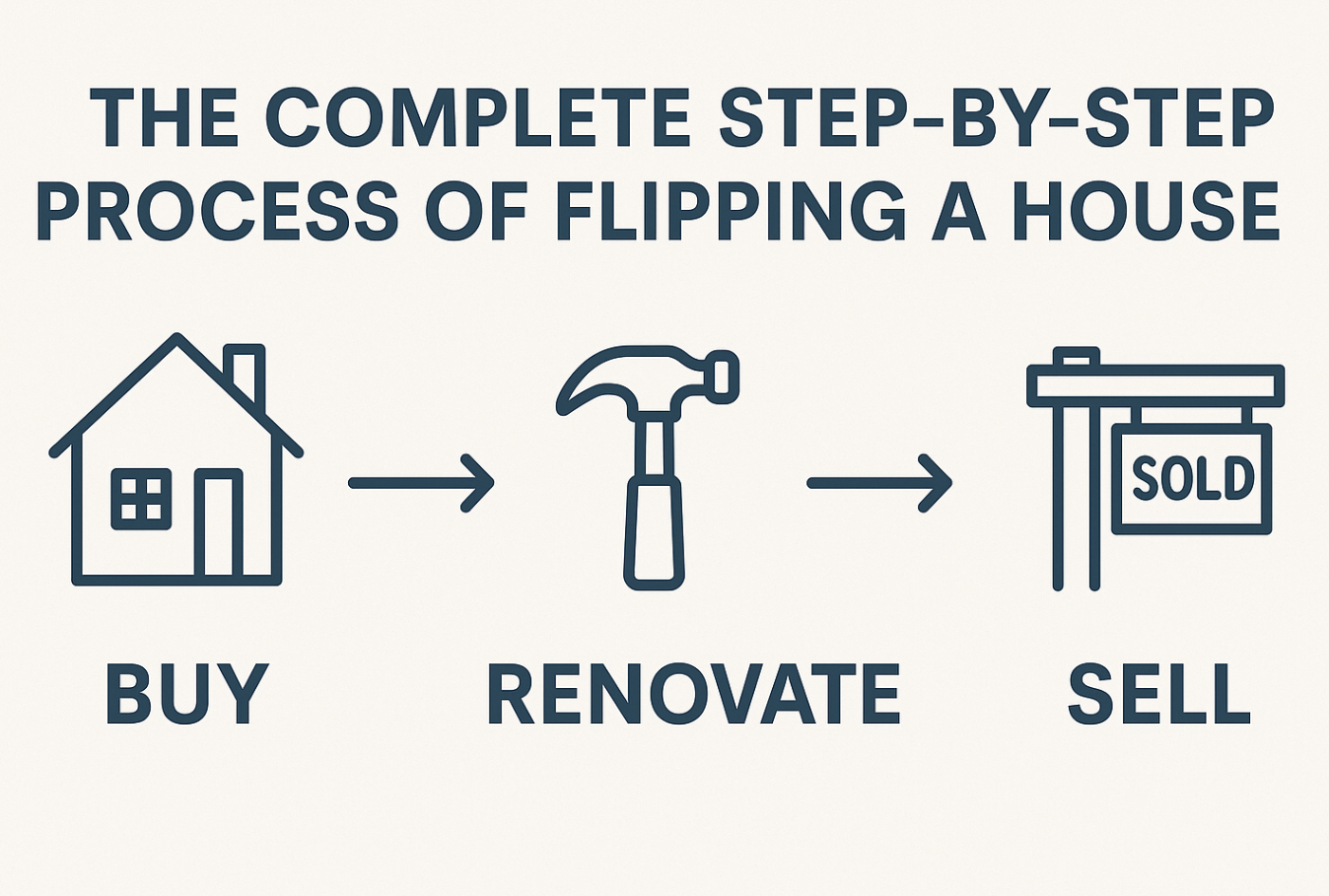The Complete Step-by-Step Process of Flipping a House
Flipping a house involves more than just buying a property and selling it for a higher price. It requires careful planning, market knowledge, a knack for renovation, and a solid understanding of finances. Whether you’re a seasoned investor or a curious newcomer, understanding the complete process can help you maximize your profits and minimize risks. Let’s walk through the essential steps involved in successfully flipping a house.
Step 1: Assess Your Finances
Before diving into the world of property flipping, it’s crucial to thoroughly evaluate your financial situation. This step ensures you have enough capital to purchase and renovate the property without requiring expensive loans that can eat into your profits. Consider your available cash and how much you can afford to lose in a worst-case scenario. Establishing a budget for purchase, renovation, and unexpected costs is critical.
Step 2: Find the Right Property
Finding the right property is a cornerstone of successful house flipping. You’ll want to look for houses in areas with a high potential for appreciation. This often means hunting in neighborhoods with growing employment opportunities, good schools, and other desirable amenities. Tools like real estate websites, auctions, and the multiple listing service (MLS) are invaluable for this step. Additionally, building a network with real estate agents who understand your goals can lead to private deals and insider tips.
Step 3: Conduct Thorough Analysis
Once you have a property in mind, perform a thorough analysis to evaluate its potential return on investment (ROI). This includes calculating the After Repair Value (ARV) of the home—what it’s likely to sell for after renovations. Assess the cost of repairs and upgrades to ensure the total investment remains profitable. During this phase, it may be wise to consult with contractors or architects to get accurate estimates for the renovations needed.
Step 4: Make a Strategic Purchase
Make your purchase with an exit strategy in mind. Negotiating a good buying price is vital for the success of your flip. Factors like the current state of the house, how long it’s been on the market, and homeowner urgency can provide leverage during negotiation. It’s often beneficial to work with a real estate attorney to ensure the transaction aligns with local regulations and that there are no legal surprises down the line.
Step 5: Plan and Execute Renovations
Effective planning and execution of renovations are key to flipping a house. Determine which renovations will increase the home’s value the most while keeping an eye on your budget. Focus on improvements that appeal to a broad range of buyers, such as kitchen and bathroom updates, flooring, and fresh paint. Hiring reliable contractors who deliver quality work on schedule is essential; poor workmanship or delays can quickly erode your profits.
Step 6: Market and Sell the Property
After renovations are complete, it’s time to put the house back on the market. Effective marketing is crucial to attracting potential buyers quickly. High-quality photos, virtual tours, and compelling listing descriptions can make a significant difference. Pricing the home competitively, yet profitably, will help ensure a swift sale. Additionally, staging the home professionally can help buyers envision themselves living in the space, potentially speeding up the sale process.
Step 7: Close the Sale and Review the Process
The final step is closing the sale. This involves negotiations with potential buyers, followed by the handling of paperwork, which can be complex. Engaging a real estate attorney or a trusted real estate agent can streamline this process. Once the sale is complete, it’s important to review every aspect of the flip. Understand what strategies worked, what didn’t, and how you can improve for next time. This reflection will aid in making your next house flip even more successful.
Conclusion
Flipping a house can be a highly profitable venture if done correctly. By following these detailed steps, you prepare yourself better to tackle challenges and capitalize on opportunities. Each stage, from assessing finances to closing the sale, is crucial in developing a successful flipping strategy. With careful planning, a good eye for potential, and meticulous execution, you can turn flipping houses into a rewarding investment venture.







